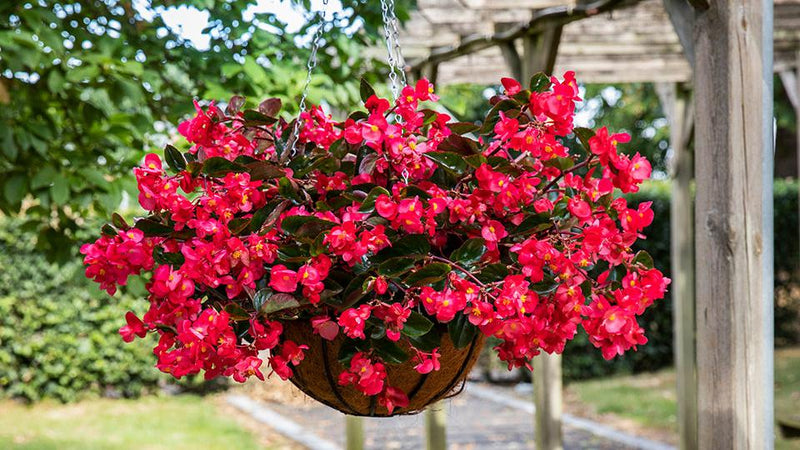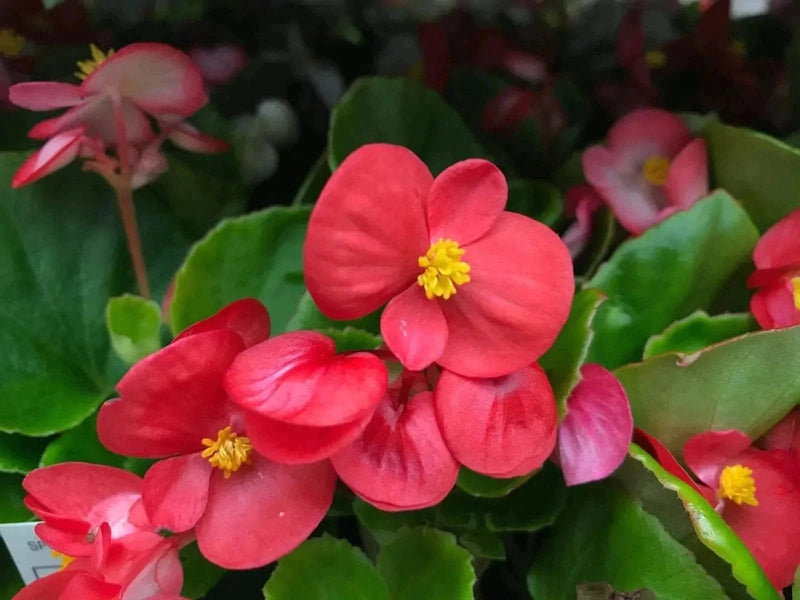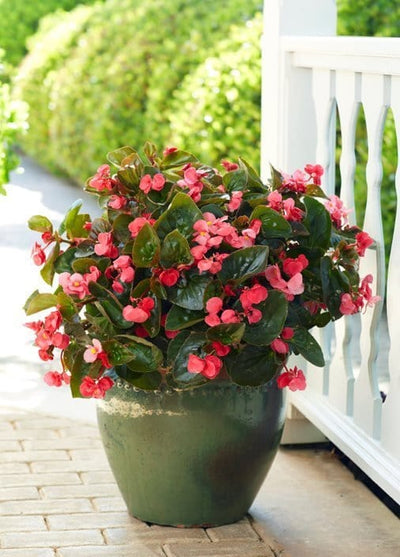Begonia
Begonia
A very good flowering plant, the begonia has stunning clusters of shell-like flowers.
Some varieties are grown outdoors in the summer in colder climes for their vibrantly colored flowers.
Begonias are as simple as they come to grow. It thrives in a variety of environments, but for it to remain at its most luxuriant, provide it with light shade, rich, well-drained soil, and an abundance of water.
|
Common Name |
Begonia semperflorens, Begonia |
|
height |
6 to 12 inches 1 to 3 feet |
|
width |
6-12 inches |
|
flower color |
Orange, White, Pink, Yellow |
|
Bloom Time |
Year round |
Difficulty Level - Medium
Planting and care
- The most difficult plants to keep happy are begonias. They can be extremely picky about getting the appropriate amount of food, water, and humidity.
- Different plants will have different needs, therefore the only way to know what yours wants is to observe it after it has adapted to its new environment.
- If it is thriving, keep doing what you were.
- The water and light should be adjusted if it is gangly or droopy.
Sunlight - sensitive to temperature changes and to temperatures below about 60 degrees.
Watering - Begonia rex should be watered when the soil or pot feels dry, but don't wait until the plant starts to wilt. You can cut back on water during their dormant period in the winter (November to December), watering only when the pot dries out.
Soil - begonias prefer a light, rich soil. When planting directly in the ground, a moist, well-drained location is optimal, and mulch will keep the roots shaded.
Temperature - prefers plenty of indirect sunlight and room temperatures
Fertilizer - You can feed your potted plants monthly with any good houseplant food.
Too much food will make for a scraggly plant, so pay attention and adjust the feeding to suit your variety.
Note
Images are only for reference; the actual product may differ in shape and size.
The product is replaceable but non-returnable.






